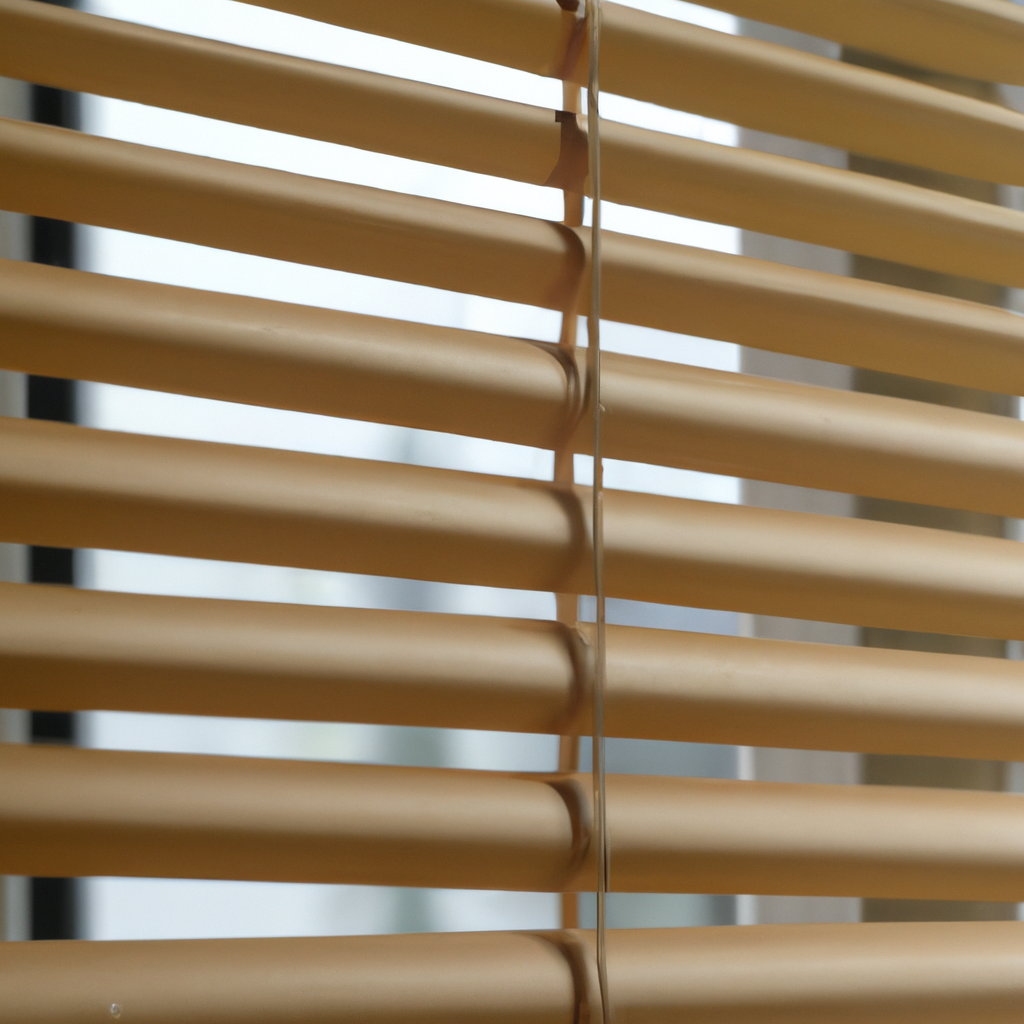When it comes to window treatments, timber blinds stand out as a popular option. Made from high-quality wood materials such as basswood, cedar, or bamboo, timber blinds add a touch of natural beauty to your home.
What are Timber Blinds?
Timber blinds consist of horizontal slats connected by a cord ladder system. They can be adjusted to control the amount of light and privacy in a room. With their timeless appeal and natural textures, timber blinds seamlessly blend with various interior styles, from traditional to contemporary.

The Aesthetic Appeal of Timber Blinds
Timber blinds are chosen by homeowners for their aesthetic appeal. The natural grains and textures of the wood add warmth and character to any room. Regardless of your preferred interior design style, whether it’s rustic, modern, or eclectic, timber blinds can complement the overall look and create a cohesive atmosphere.
Versatility and Customization Options
Timber blinds offer great versatility when it comes to customization. They are available in different sizes, slat widths, and stains or paints. This variety allows you to tailor the blinds to match your unique style preferences and interior decor. Whether you desire a light or dark finish, a sleek or rustic look, timber blinds can be customized to suit your taste.
Energy Efficiency and Insulation
Aside from their visual appeal, timber blinds provide energy-saving benefits for your home. Wood is a natural insulator, meaning timber blinds can help regulate the temperature in your rooms. During hot summers, they can block out direct sunlight, preventing heat from entering your home. In colder seasons, they provide an additional layer of insulation, keeping warmth inside and reducing heating costs.
Durability and Longevity
Timber blinds are known for their durability and longevity. When properly cared for, they can withstand the test of time and retain their beauty for years to come. High-quality wood materials used in the manufacturing of timber blinds make them resistant to warping, fading, and cracking, ensuring a long-lasting investment for your home.
Easy Maintenance and Cleaning
Maintaining timber blinds is relatively simple. Regular dusting or vacuuming with a brush attachment is usually sufficient to keep them clean. In case of stains or spills, a mild detergent solution and a soft cloth can be used for spot cleaning. Unlike fabric curtains or blinds, timber blinds do not require frequent washing or dry cleaning, making them a low-maintenance window treatment option.
Natural and Sustainable Choice
For environmentally conscious homeowners, timber blinds offer a sustainable and eco-friendly window covering solution. Wood is a renewable resource, and responsible sourcing practices ensure the preservation of forests. By choosing timber blinds, you contribute to the reduction of carbon emissions associated with the production of synthetic window treatments.
Enhancing Privacy and Light Control
Timber blinds give you full control over privacy and light levels in your home. By adjusting the slats, you can easily block out prying eyes while still allowing natural light to filter in. This flexibility enables you to create the desired ambiance in each room, whether you want a bright and airy space or a cozy and intimate atmosphere.
Suitable for Various Room Styles
Timber blinds are versatile enough to complement different room styles. From bedrooms to living areas, kitchens to home offices, timber blinds can enhance the aesthetics of any space. Their natural beauty and ability to harmonize with existing furniture and decor make them a popular choice for homeowners seeking a cohesive and inviting interior.
Considerations for Choosing Timber Blinds
When selecting timber blinds for your home, there are a few factors to consider. Firstly, measure your windows accurately to ensure a proper fit. Additionally, choose the slat width that aligns with your aesthetic preferences and window size. Consider the type of wood used, as different woods offer unique characteristics in terms of grain patterns and colors.
Installing Timber Blinds: A DIY or Professional Approach?
Installing timber blinds can be done as a DIY project or by hiring a professional. If you are handy and have the necessary tools, installing them yourself can save you money. However, for complex window configurations or lack of experience, it might be advisable to seek professional installation to ensure a flawless and secure fit.
Timber Blinds vs. Other Window Coverings
Compared to other window coverings like curtains or aluminum blinds, timber blinds have their unique advantages. While curtains offer softness and a wide range of fabrics, timber blinds provide durability, easy maintenance, and a natural aesthetic. Aluminum blinds, on the other hand, may lack the warmth and character that timber blinds offer.
Tips for Caring for Timber Blinds
To keep your timber blinds looking their best, follow these care tips:
- Dust or vacuum regularly using a soft brush attachment.
- Avoid using harsh chemicals or abrasive cleaners.
- For spot cleaning, use a mild detergent solution and a soft cloth.
- Do not soak or submerge timber blinds in water.
- Regularly inspect the cords and mechanisms for any signs of wear or damage.
- If in doubt, consult the manufacturer’s care instructions for specific guidance.
Conclusion
Timber blinds provide a winning combination of style, functionality, and sustainability for your home. Their natural beauty, customization options, energy efficiency, and easy maintenance make them an ideal choice for homeowners looking to enhance their living spaces. Whether you prefer a classic or contemporary look, timber blinds can add a touch of elegance and warmth to any room.
